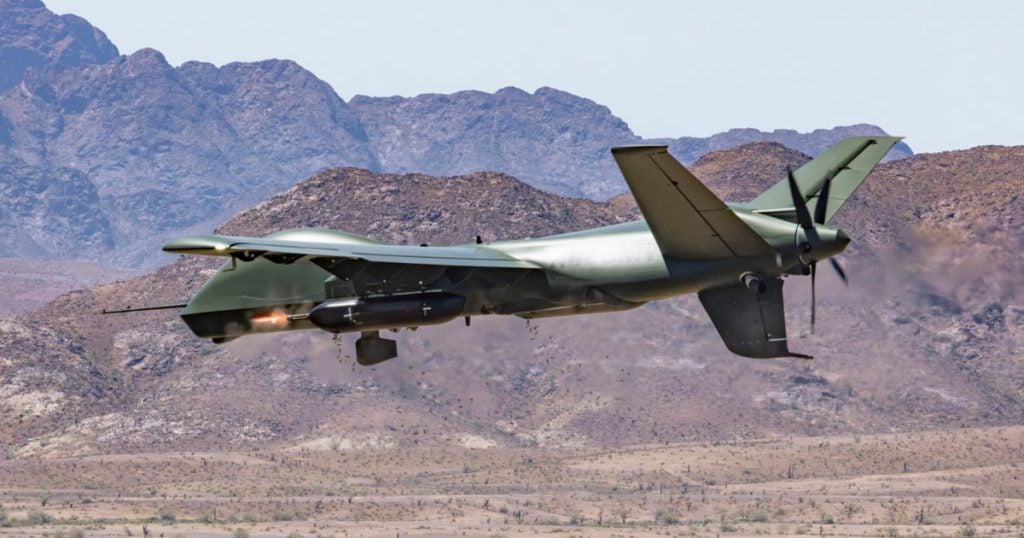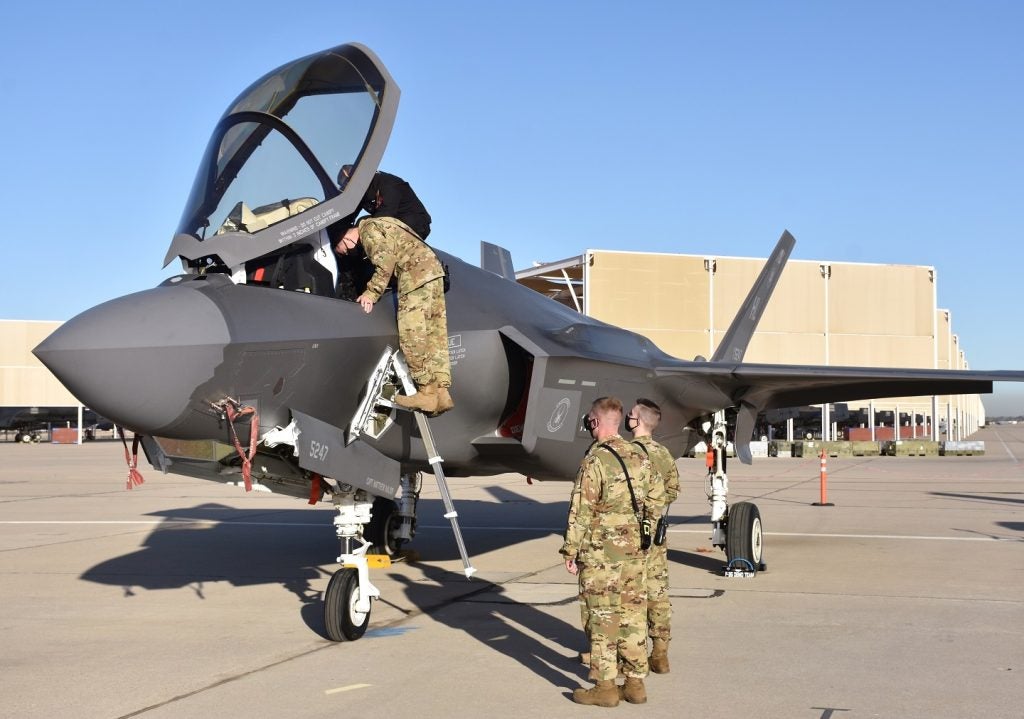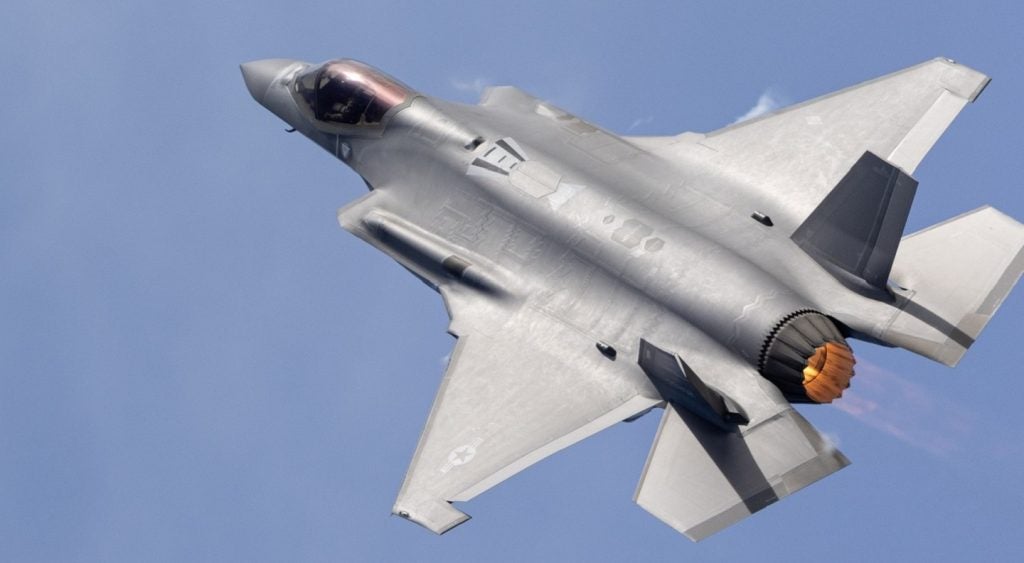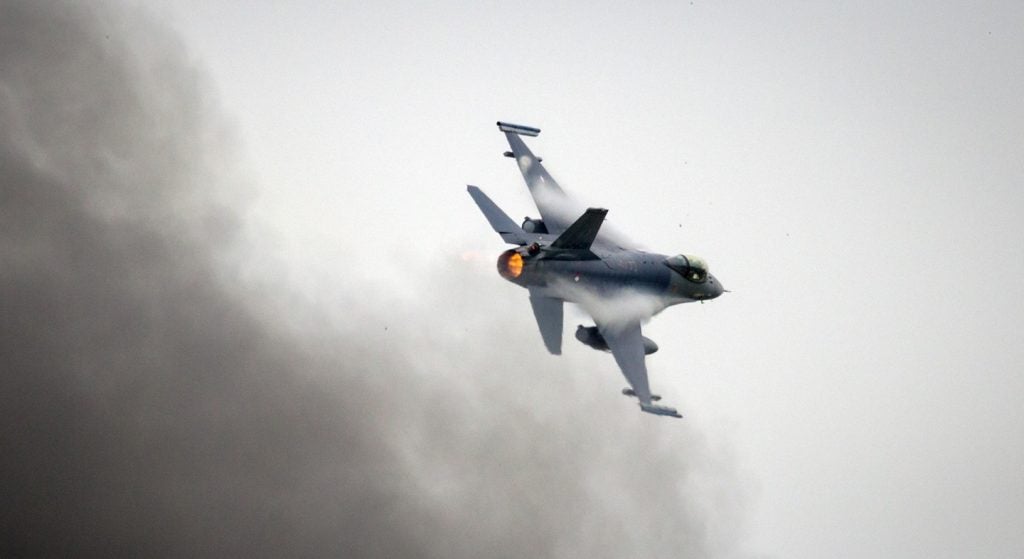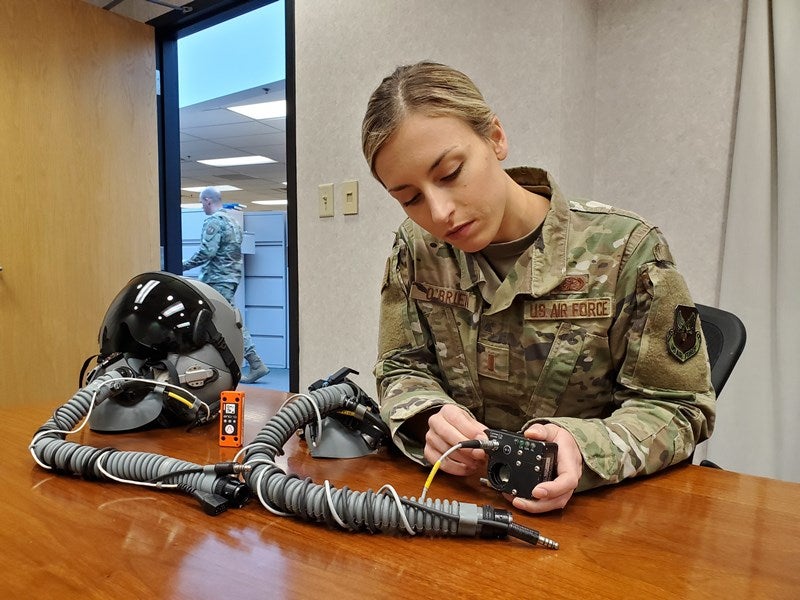
The Air Force Research Laboratory (AFRL) and the Air Force Life Cycle Management Center (AFLCMC) have performed flight demonstration of prototype cockpit monitoring devices to the 20th Fighter Wing at Shaw Air Force Base.
The 20th Fighter Wing made a request to AFRL earlier this year to assist with assessing oxygen concentrations, cabin pressure and ‘possible hypoxia-like’ symptoms experienced by F-16 pilots.
In September, AFRL and AFLCMC embarked on a flight demonstration mission to showcase the devices to the 20th Fighter Wing.
The monitoring devices meet the needs of the Fighter Wing and, as a result, it requested the AFRL-AFLCMC team to assist with the use of the devices on the F-16 aircraft, said AFRL 711th Human Performance Wing Airman Systems Directorate Airman Sensing and Assessment Product Line Project Lead 2nd Lt Dominique O’Brien.
O’Brien added: “In response, the team initiated a rigorous safety assessment. The team accomplished a battery of lab and ground integration tests that culminated in a ‘Safe-to-Fly’ recommendation, and subsequent airworthiness approval for two devices, all within six months of the initial meeting.”
One of the devices demonstrated during the flights was the ‘Slam Stick’, which is used to measure tri-axial acceleration, humidity, temperature, and cabin pressure.
How well do you really know your competitors?
Access the most comprehensive Company Profiles on the market, powered by GlobalData. Save hours of research. Gain competitive edge.

Thank you!
Your download email will arrive shortly
Not ready to buy yet? Download a free sample
We are confident about the unique quality of our Company Profiles. However, we want you to make the most beneficial decision for your business, so we offer a free sample that you can download by submitting the below form
By GlobalDataThe second device, known as Insta Pilot Breath Air Monitor (IPBAM), measures critical parameters related to the breathing gas. It will alert the pilot and help reduce the possible risk of physiological events (PE) during the flight.
O’Brien further stated: “The IPBAM alerts the user in low oxygen or pressure conditions by haptic indication to the breathing mask, similar to a stick shaker, and by visual indicators on the IPBAM main unit.”
The device helps assess the performance of the On-Board Oxygen Generation System (OBOGS).
The team of researchers completed the flight demonstration last month. AFRL intends to demonstrate two more devices, called Real-Time Air Quality Sensor (RTAQS) and Holistic Modular Aircrew Physiologic Status (HMAPS).



